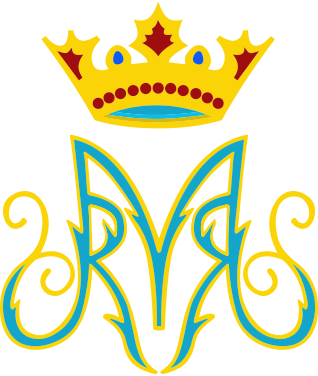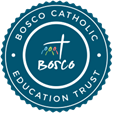Computing
Our definition of progress is the widening and deepening of essential knowledge, skills, understanding and learning behaviours. We design and organise our planning to align with the national curriculum with a framework for building children’s knowledge and skills from EYFS and Y6. Computing is taught discretely each week, developing children’s ability to create algorithms, code and word processing documents that will prepare them for a modern education, while remaining safe at all times online. Class teachers are encouraged to seek wider opportunities to use computing for the delivery of other subjects.
The Computing Curriculum at Our Lady’s is shaped to prepare our learners to be confident and competent within a world that is heavily shaped by technology. We recognise that our learners use technology on a daily basis at home. Therefore, at school and within our curriculum, we aim to develop knowledge, understanding and confidence to ensure our children go through education and beyond being able to apply the computing skills they have learnt in everyday situations.
Throughout all aspects of our computing curriculum, we strive to ensure our learners are continuously taught and understand the importance of safe internet use during computing lessons. In every year group, E-Safety is a key focus, and we are proud that a vast majority of our learners have the knowledge and understanding of how to stay safe online. We promote the importance of using technology safely and respectfully by ensuring all of our learners have access to appropriate teaching and resources to enhance their learning.
National Curriculum Aims
The national curriculum for computing in primary schools in England aims to equip pupils with the skills and knowledge necessary to understand and engage with the digital world. These aims ensure that pupils are well-prepared to navigate and contribute to the digital world both in their future education and careers.
-
Fundamental Principles and Concepts:
- Computer Science: Where pupils should understand and apply the fundamental principles and concepts of computer science, including abstraction, logic, algorithms, and data representation.
-
Problem-Solving:
- Computational Thinking: Pupils should be able to analyse problems in computational terms and have repeated practical experience of writing computer programs to solve such problems
-
Information Technology:
- Application and Evaluation: Pupils should be able to evaluate and apply information technology, including new or unfamiliar technologies, analytically to solve problems
-
Digital Literacy:
- Competence and Creativity: Pupils should become responsible, competent, confident, and creative users of information and communication technology
E-safety
Our curriculum is carefully designed to be coherent with e-safety consistently being embedded throughout the academic year, with class teachers and other subject leaders asked to identify and deliver e-safety lessons and knowledge as appropriate. Our curriculum is meticulously designed and planned to move the learner’s thinking to a higher order, deeper level of understanding, rather than simply acquiring facts and knowledge. Our knowledge-based curriculum identifies particular lessons where teachers will emphasise the importance of e-safety.
To enhance our understanding at OLQOH we annually complete activities for E-safety day. Our lessons are dedicated to promoting safer and more responsible use of online technology and mobile phones, highlighting the awareness of online safety issues.
Working alongside OpenEducation our children Focused on making 'One good choice'. While taking part in workshops and assemblies, children understand the strategies and tools to use to access the internet safely.

